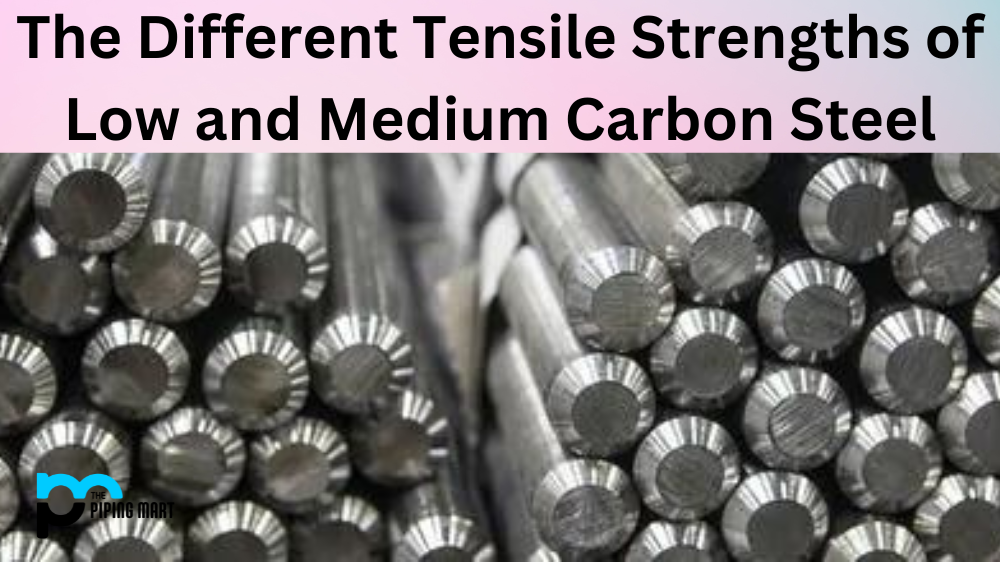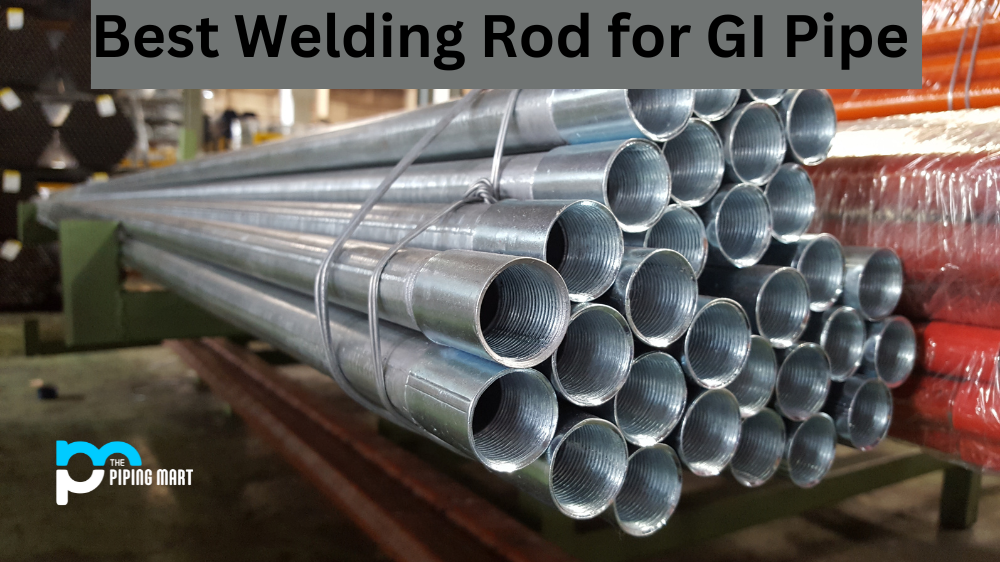Steel is an incredibly durable material and the backbone of many modern structures. But not all steel is created equal; there are two main types – low carbon steel and medium carbon steel – and each has different levels of tensile strength. Let’s explore the differences between these two types of steel.
Tensile strength of low carbon steel
Low-carbon steel, also known as mild steel, contains anywhere from 0.04-0.30 percent of carbon content and usually no other alloying elements. It is the most common type of steel used in simple structures such as bridges, buildings, and cars. Because low-carbon steel has very few alloying elements, it is relatively soft and weak compared to other metals like aluminum or brass. However, this also makes it more malleable than other metals, making it easier to form into complex shapes for construction projects or automotive components. The tensile strength of low-carbon steel averages between 400-500 MPa (megapascals).
Tensile strength of medium carbon steel
Medium carbon steel contains anywhere from 0.3-0.6 percent carbon content, along with small amounts of manganese and silicon for improved strength and durability. This type of steel is stronger than low-carbon steel due to its higher alloying elements. Still, it maintains some level of malleability so that it can be formed into more complex shapes without fear of cracking or breaking apart at weaker points in the structure. The tensile strength average for medium carbon steels typically falls between 600-800 MPa (megapascals).
Conclusion
Steel is a versatile material that can be used in various applications thanks to its high tensile strength. Low-carbon steels have lower levels of alloying elements, making them softer than their medium counterparts and more malleable for forming complex shapes when necessary. On the other hand, medium carbons steels have higher levels of alloying elements that make them stronger while still maintaining some malleability so they can be formed into intricate shapes without risk of cracking or breaking apart at points with less structural integrity than others. No matter what type you use, both low and medium-carbon steels offer unique benefits in terms of structural stability and durability that cannot be matched by any other material on the market today!
Sakshee is a talented blogger, with a particular focus on the Business and Metal Industry. She is passionate about sharing her insights on various metal products and helping professionals to make a better decisions.




